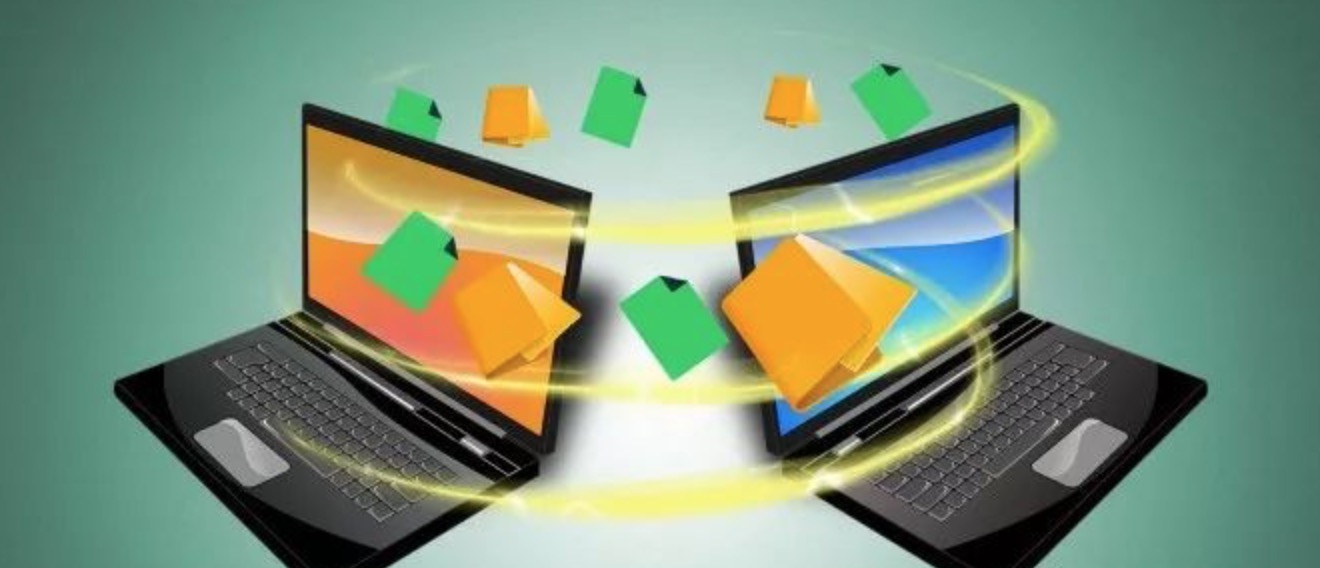100% Pass Cisco, PMP, CISA, CISM, AWS Dumps on SALE!
Get Now
-6Days -18:-59:-23
X
Can we share files on two computers that not on one switch
The IP addresses of the two computers are the same, but they are not on the same switch. Can they share files? The company has two computers, which are internal networks, one with an IP address of 10.1.38.100, and the other with an IP address of 10.1.38.105. In addition, the subnet mask and the default gateway are all the same. Can one of these two computers create a shared folder and the other one access it?

Although not on a switch, according to your description, two computers can ping each other and the default gateway is the same, indicating that the two computers are in the same network segment, a broadcast domain, and a VLAN. The communication between the two does not cross the network segment or traverse the gateway, and the communication is purely in the broadcast domain.
Broadcast domain communication
A long time ago, two computers did not need an IP address, they only needed each other's host name to communicate with each other. Alice communicates with Bob's host. As long as he knows the host name of the other party, he can resolve it to a hardware MAC address to communicate with the other party. He does not need the participation of the IP address at all, and can access the file shared by the other party.
Here comes the question, how to automatically discover the hostname of the other party? This is easy to handle. As long as each machine periodically scans for presence through broadcast messages, the hosts will find each other's presence. Windows has a tool called My Network Places, which works in a similar way.
However, if the hosts are not in a broadcast domain, then this method cannot find the hosts in other broadcast domains, right? The first problem to be solved is how to make communication packets cross network segments?
This is simple, as long as the communication packet is no longer encapsulated in the Layer 2 protocol header, but is encapsulated in the TCP / IP protocol header, it can be resolved at once.
With so many network segments, how can I find hosts on other network segments?
As long as there is a central registration server, each host automatically registers its contact information with the central server when it starts the service. When each host wants to discover its neighbors, it only needs to go to the central server to query and pull down all the registered host contact lists.
The above solves the problem of network interconnection and solves the problem of how to find neighboring hosts, but there is still another problem that is not solved. How to solve whether the user accessing the host has sufficient permissions to access the current file?
For different application scenarios, there are two solutions for identity authentication and rights management.
• Stand-alone local authentication / access authorization
• Centralized authentication / access authorization
Finally, there is a problem. Early file sharing transfers were not encrypted. That is based on the assumption that file sharing data transmission is usually on a local area network, and the local area network is an internal network, which is a region with a higher security level. To this day, the hypothesis has been increasingly questioned. Today, this assumption has been largely overturned. The intranet is also insecure. Since it is not secure, encrypted transmission is naturally required. How are these encrypted transmissions implemented?
The above is the news sharing from the PASSHOT. I hope it can be inspired you. If you think today' s content is not too bad, you are welcome to share it with other friends. There are more latest Linux dumps, CCNA 200-301 dumps and CCNP Written dumps waiting for you.
Cisco Dumps Popular Search:
ccna 200 301 official cert guide wendell odom dumps for ccna wireless cisco 200-125 dumps download spoto cetcollection.org ccna network plus ccie routing and switching lab is cisco certification free ccnp rs exams ccie r&s lab example wordpress page called twice 301 and 200
Copyright © 2025 PASSHOT All rights reserved.






